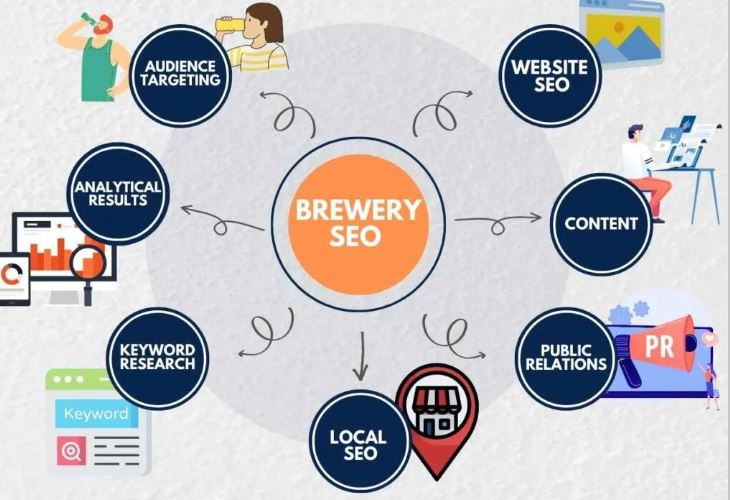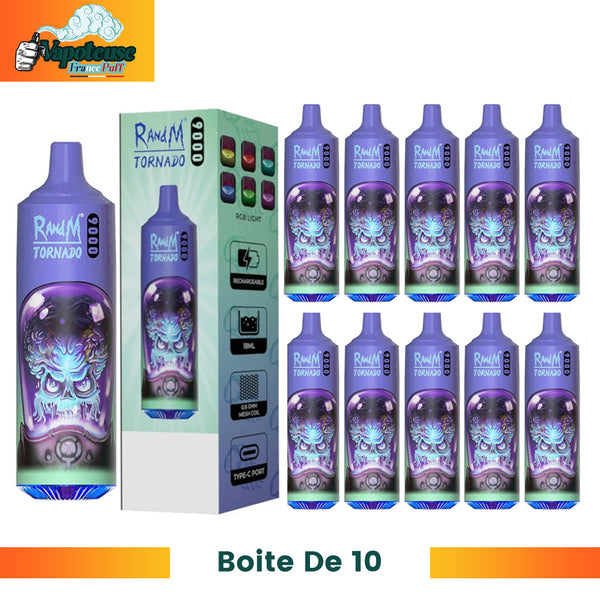How to Rank Higher on Google: SEO Tips for Breweries
As the brewing industry continues to grow, standing out online becomes increasingly challenging. A strong SEO strategy can set your brewery apart, increasing visibility and attracting new customers. Our guide dives into the essentials of SEO tailored specifically for breweries, outlining actionable steps that will drive higher rankings on Google and connect your brand with beer enthusiasts.
Understanding SEO for Breweries
Search engine optimization (SEO) is essential for any modern business, but breweries face unique challenges. For breweries, SEO isn’t just about increasing traffic but also about targeting a niche audience interested in beer, brewing techniques, and unique flavors. Effective brewery SEO combines local SEO techniques, engaging content, social proof, and brand storytelling to reach both nearby customers and beer aficionados from afar.
1. Conducting Keyword Research for Breweries
Keyword research is the foundation of any SEO strategy. Identifying and targeting the right keywords will help your brewery reach the audience that matters most. Here are some brewery-specific keywords to focus on:
- Product-Based Keywords: Target terms related to your specific beers (e.g., “craft IPA in [City]”).
- Process Keywords: Educate your audience by targeting keywords related to brewing processes (e.g., “how beer is brewed,” “brewing with hops”).
- Local Keywords: For breweries, local search terms are crucial (e.g., “brewery near me,” “local breweries in [City]”).
- Trend-Based Keywords: Aligning your content with seasonal or trending keywords, such as “summer beers,” or “pumpkin ale,” can attract additional traffic.
Using Keyword Tools
To identify the best keywords, we recommend using keyword tools such as Google Keyword Planner, SEMrush, or Ahrefs. Look for keywords with moderate competition but significant search volume. Additionally, analyze competitors to discover which keywords are driving traffic to their sites.
2. Crafting High-Quality Content
Once you’ve identified your target keywords, it’s time to create content that speaks to your audience. For breweries, content can take many forms, including blog posts, beer descriptions, and even guides on food and beer pairings.
Types of Content to Consider
- Blog Posts: Write engaging blog posts that educate, entertain, and inform. Some ideas include the history of specific beer styles, recipes, and brewing tips.
- Product Descriptions: Detailed descriptions of each beer, including flavor notes, ABV, and brewing process, can attract both search engines and readers.
- Beer Pairing Guides: Create guides that pair your beers with foods. This content can attract a culinary-minded audience.
- Event Updates: If your brewery hosts events, post updates on your website to target local event-based keywords.
Optimizing Content for SEO
Make sure each piece of content is optimized for SEO by including your target keywords naturally within the text, particularly in headings, subheadings, and the introduction. Use meta descriptions and alt tags for images to improve accessibility and searchability. Aim for a balance between informative and engaging content that speaks to both readers and search engines.
3. Implementing Local SEO Strategies
As a brewery, your local market is essential. Local SEO helps your brewery appear in search results for people searching for nearby breweries. To leverage local SEO, ensure your Google Business Profile is fully optimized.
Optimize Your Google Business Profile
Claim and optimize your Google Business Profile by including accurate information about your brewery, including:
- Address and Contact Information: Make sure this information is up-to-date.
- Operating Hours: Include special hours for events or seasonal changes.
- Photos of Your Brewery: High-quality photos of your establishment, products, and events can increase engagement.
- Customer Reviews: Encourage satisfied customers to leave positive reviews, as these can improve your local rankings.
Focus on Local Citations
In addition to your Google Business Profile, list your brewery on other popular business directories such as Yelp, TripAdvisor, and local chamber of commerce websites. Ensure NAP (Name, Address, Phone number) consistency across all platforms, as discrepancies can affect your rankings.
4. Building Backlinks from Industry-Relevant Websites
Backlinks are critical for improving your domain authority and search engine rankings. For breweries, aim to obtain backlinks from industry-relevant sites, including local food blogs, brewery associations, and niche publications.
Strategies for Building Backlinks
- Collaborate with Local Bloggers: Partner with local bloggers who can write reviews, cover events, or conduct interviews.
- Guest Blogging: Contribute articles to industry publications, such as brewing magazines, food websites, or travel blogs.
- Sponsorship Opportunities: Consider sponsoring local events or charitable causes to earn a mention or link on their websites.
- Social Media and PR: Use social media and public relations strategies to increase brand exposure and attract natural backlinks.
Each backlink from an authoritative source strengthens your online presence and credibility, signaling to search engines that your brewery’s website is a trustworthy source.
5. Enhancing User Experience (UX) on Your Website
Google ranks sites that provide an excellent user experience. For breweries, this means creating a visually appealing website that offers a smooth, intuitive browsing experience.
Key Aspects of a Brewery Website UX
- Responsive Design: Ensure your website is optimized for all devices, particularly mobile, as a large portion of local search occurs on smartphones.
- Fast Loading Times: Use tools like Google PageSpeed Insights to measure and improve your site’s load time. Compress images and use caching to enhance speed.
- Easy Navigation: Organize your content logically so users can quickly find product details, blog articles, or event updates.
- Clear Calls-to-Action (CTAs): Effective CTAs can guide visitors towards making purchases, reserving tours, or subscribing to newsletters.
6. Utilizing Social Media to Boost SEO
While social media activity doesn’t directly impact SEO rankings, a robust social presence can drive traffic to your website, increase engagement, and even build backlinks over time. Platforms like Instagram, Facebook, and Twitter are ideal for showcasing your brewery’s personality, products, and events.
Engaging Social Media Content Ideas for Breweries
- Behind-the-Scenes Posts: Share photos and videos of the brewing process, staff, and day-to-day activities.
- New Beer Announcements: Announce new releases on social media to drive initial traffic and engagement.
- Events and Promotions: Advertise events or special offers to draw in both local and non-local traffic.
- User-Generated Content: Encourage customers to tag your brewery in their photos and share their content, as it increases authenticity and reach.
Use relevant hashtags and geotags to expand your reach, and link back to your website or blog content whenever possible.
7. Tracking SEO Metrics and Making Adjustments
Lastly, monitoring your SEO performance is crucial for understanding what strategies are effective and where improvements are needed. Use Google Analytics and Google Search Console to track key metrics like organic traffic, bounce rate, session duration, and keyword rankings.
Adjusting Your Strategy Based on Data
Analyze which keywords are driving the most traffic, which pages have the highest bounce rates, and what content keeps users engaged. Adjust your content strategy and optimize poorly performing pages to maintain a consistent upward trend in your rankings.
Conclusion
Ranking higher on Google is achievable SEO for Breweries willing to invest in a comprehensive and targeted SEO strategy. By focusing on keyword research, quality content, local SEO, user experience, and backlink building, your brewery can gain an edge over competitors. Remember, SEO is a long-term investment, but the results—greater online visibility, customer engagement, and increased sales—make it well worth the effort.














Post Comment